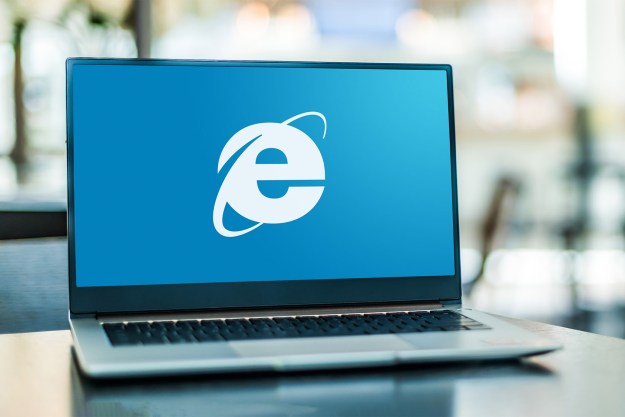
Mozilla CEO Chris Beard doesn’t have a problem with the brower itself or Windows 10 — after all, the company is busy working on a new UI for Firefox that looks and works better with the OS. What Beard has a problem with is that Edge is set as the default browser in Windows 10, even on upgraded systems where Firefox or Chrome were previously the default choice.
“It is bewildering to see, after almost 15 years of progress bolstered by significant government intervention, that with Windows 10 user choice has now been all but removed,” Beard wrote in a post on the Mozilla blog. Instead of remaining quietly upset, Beard posted an open letter to Microsoft CEO Satya Nadella.
“When we first saw the Windows 10 upgrade experience that strips users of their choice by effectively overriding existing user preferences for the Web browser and other apps, we reached out to your team to discuss this issue” Beard wrote. “Unfortunately, it didn’t result in any meaningful progress, hence this letter.”
Of course it’s possible to simply change the default browser to one of your choosing, but the steps to go about this have changed in Windows 10. While in previous versions of Windows, changing the default browser was usually as easy as clicking a button in a prompt from your favorite browser, the change is now made within Windows 10’s settings.
“It now takes more than twice the number of mouse clicks, scrolling through content and some technical sophistication for people to reassert the choices they had previously made in earlier versions of Windows,” Beard wrote. “It’s confusing, hard to navigate and easy to get lost.”
In previous editions of Windows, it might have been unlikely that Beard’s open letter would have any effect, but with Windows 10 Microsoft has made it clear that the OS will continue to evolve long past its initial release. In the meantime, Mozilla has posted a guide on how to change the default browser settings in Windows 10 on its blog.
Editors' Recommendations
- Windows 11 vs. Windows 10: finally time to upgrade?
- The best Windows 10 keyboard shortcuts
- Top 10 Windows shortcuts everyone should know
- Windows 11 might pull ahead of Windows 10 in one key way
- Why nearly 50% of Windows 10 users still cling to Internet Explorer


